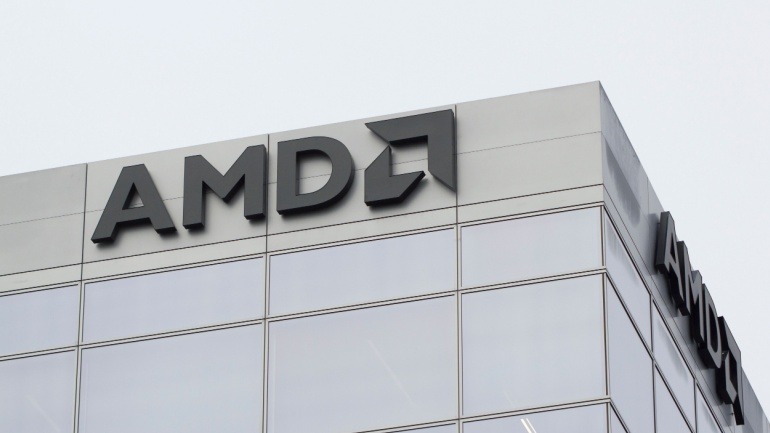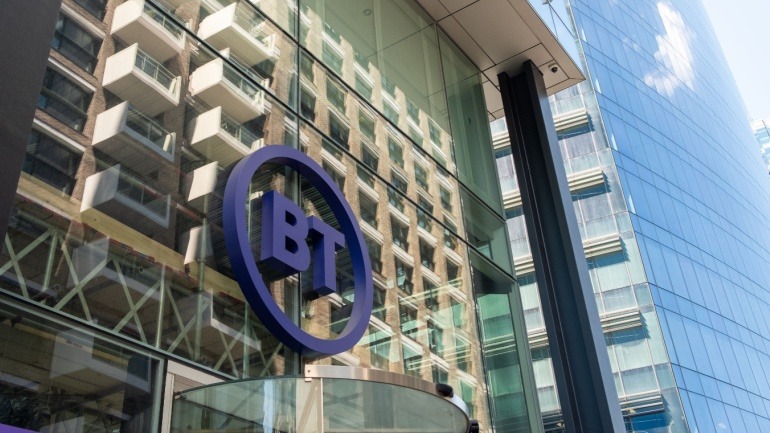NVIDIA has announced the construction of the xAI Colossus supercomputer, a powerful new infrastructure boasting 100,000 Hopper Tensor Core GPUs. Located in Memphis, Tennessee, this cutting-edge system has utilized the NVIDIA Spectrum-X Ethernet networking platform, achieving remarkable performance in training xAI’s Grok large language models. This project, completed in just 122 days, contrasts starkly with typical supercomputer builds that can take much longer.
From day one, Colossus demonstrated its exceptional network capabilities. Its training processes have resulted in zero latency degradation and no packet loss due to flow collisions. This efficiency, supported by NVIDIA’s congestion control technology, allows for a data throughput of 95%. Standard Ethernet solutions often face many flow collisions, limiting the throughput to 60%.
In discussing this project, Gilad Shainer, Senior Vice President of Networking at NVIDIA, emphasized the growing importance of artificial intelligence. “AI is becoming mission-critical and requires increased performance, security, scalability, and cost-efficiency,” he said. The Spectrum-X platform allows innovators, like xAI, to rapidly process and analyze AI workloads, expediting their deployment and market readiness.
The Colossus supercomputer drew attention on social media, where Elon Musk described it as “the most powerful training system in the world.” He praised the collaborative efforts of the xAI team, NVIDIA, and many partners and suppliers involved in its creation.
An xAI spokesperson highlighted the infrastructure’s capabilities, noting, “xAI has built the world’s largest, most-powerful supercomputer. NVIDIA’s Hopper GPUs and Spectrum-X allow us to push the boundaries of training AI models at a massive scale.”
The advantage lies in the Spectrum SN5600 Ethernet switch. Supporting port speeds up to 800 Gb/s, this switch, powered by the Spectrum-4 switch ASIC, played a crucial role. xAI enhanced their performance by pairing it with NVIDIA BlueField-3 SuperNICs.
Spectrum-X introduces features like adaptive routing, congestion control, and improved AI fabric visibility. These ensure robust support for generative AI clouds and enterprise environments. Previously, such capabilities were only achievable with InfiniBand technology.







